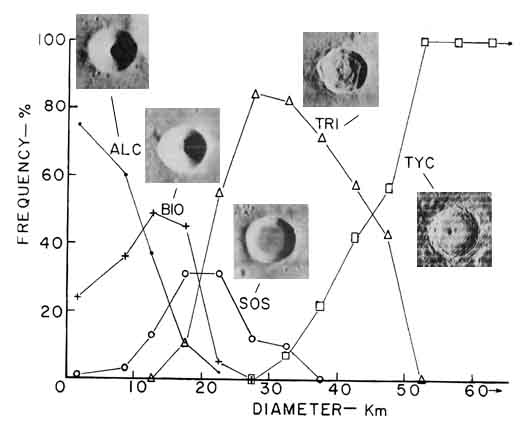Difference between revisions of "September 23, 2004"
| Line 43: | Line 43: | ||
<p align="center" class="main_titles"><b>Author & Editor:</b><br> | <p align="center" class="main_titles"><b>Author & Editor:</b><br> | ||
[mailto:tychocrater@yahoo.com Charles A. Wood]</p> | [mailto:tychocrater@yahoo.com Charles A. Wood]</p> | ||
| − | < | + | <!-- Cleanup of credits --> |
| − | + | <!-- Cleanup of credits --> | |
| − | < | + | <!-- Cleanup of credits --> |
| − | + | <!-- Cleanup of credits --> | |
| − | < | + | <!-- Cleanup of credits --> |
| − | < | + | <!-- Cleanup of credits --> |
| − | + | <!-- Cleanup of credits --> | |
| − | < | + | <!-- Cleanup of credits --> |
| − | + | <!-- Cleanup of credits --> | |
</td></tr> | </td></tr> | ||
</table> | </table> | ||
<!-- End of content --> | <!-- End of content --> | ||
{{wiki/ArticleFooter}} | {{wiki/ArticleFooter}} | ||
Latest revision as of 13:53, 15 March 2015
Lunar Crater Types
Image Credit: Chuck Wood and Leif Andersson |
|
Lunar Crater Types There are 11,462 craters larger than 2 km on the lunar nearside. But the amazing thing is most of them look pretty similar. In 1978, Leif Andersson and I compiled data on the 2,598 freshest (unmodified by later impacts or lavas) craters, and identified five different crater types that accounted for 99% of the craters. Because we worked at the Lunar & Planetary Lab we called these the LPL Crater Types. Virtually all craters with diameters smaller than 10 km are our Albategnius C (ALC) or Biot (BIO) crater types. These are classic bowl-shaped craters, looking like they were turned out on a lathe. BIO differ from ALC in having small flat floors. Sosigenes (SOS) craters have broad flat floors, lack central peaks and terraces. At diameters of 15 to 50 km Triesnecker (TRI) type craters are common. Parts of their inner walls have slumped onto their floors, sometimes covering their small central peaks, Virtually all fresh craters larger than 50 km look like Tycho (TYC). They are deep, have terraced walls, flat floors and often massive peaks. At diameters larger than a few hundred kilometers, central peaks disappear and craters become basins. ALC and BIO are called simple craters and TRI and TYC are complex craters - increasing energy from larger impacting bodies causes the differences in morphology. SOS are peculiar. It is not clear if they are modified primary impact craters or basin secondaries. All of these crater types, along with diameters and depths appear in the LPL crater catalog of 30 years ago that was never published. The graph shows the percentage of craters of each LPL Type at different crater diameters Related Links: Yesterday's LPOD: A Perfect Collection of Lunar Books Tomorrow's LPOD: Tranquil Sunshine |
|
Author & Editor: |
COMMENTS?
Register, Log in, and join in the comments.




